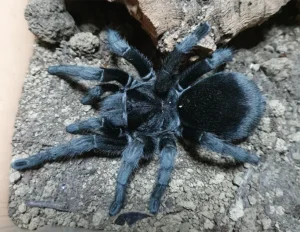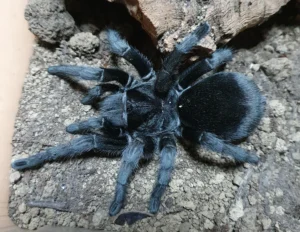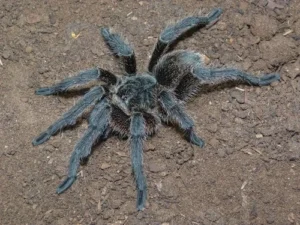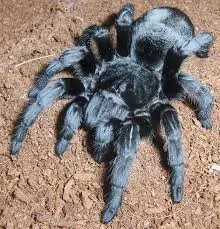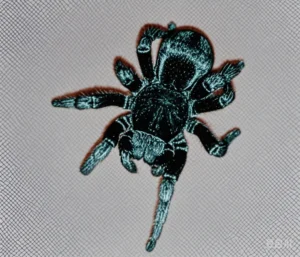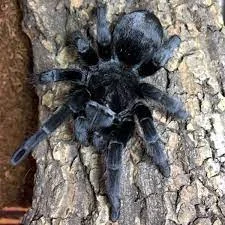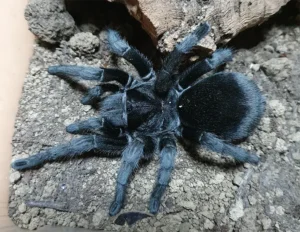The Impact of Wildfire on Grammostola pulchra Habitats in Uruguay and Argentina
Grammostola pulchra primarily inhabits the grasslands, pampas, and scrubland regions of southern Brazil and Uruguay, with potential presence in adjacent areas of northern Argentina. These ecosystems are susceptible to natural and human-induced wildfires. Such events can have profound, often devastating, impacts on ground-dwelling invertebrates like tarantulas.
Habitat Description
The native habitats of G. pulchra typically consist of open grassy areas, sometimes interspersed with shrubs or rocky outcrops. These environments provide suitable soil for burrowing and support a variety of insects and small vertebrates that serve as prey. The vegetation offers cover from predators and helps maintain microclimatic conditions.
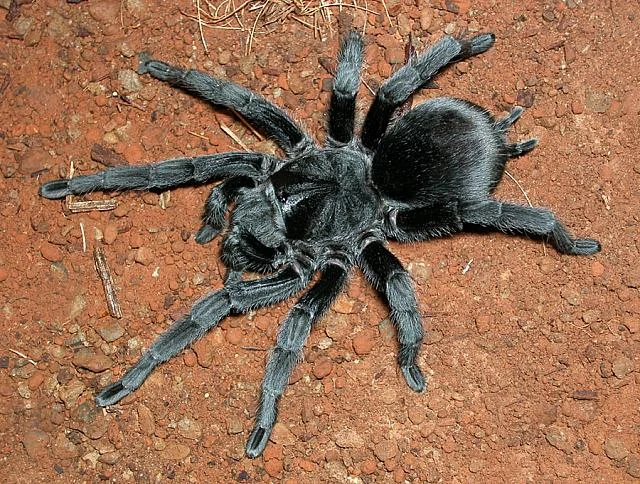
Direct Impacts of Wildfire
Wildfires pose immediate threats to tarantulas:
- Mortality: While deep burrows might offer some protection from the heat of fast-moving grass fires, intense or slow-burning fires can heat the soil sufficiently to kill tarantulas within their retreats. Individuals caught foraging on the surface are highly vulnerable to direct incineration.
- Burrow Destruction: Intense fires can collapse burrow entrances or alter soil structure, potentially trapping tarantulas or making the burrow unusable.
- Loss of Surface Cover: Fire consumes vegetation, removing essential shelter from predators and solar radiation immediately after the event.
Indirect and Long-Term Impacts
Even if tarantulas survive the initial fire, the aftermath presents significant challenges:
- Prey Scarcity: Wildfires decimate insect populations and displace small vertebrates, drastically reducing the available food sources for surviving tarantulas. This can lead to starvation or forced migration into potentially unsuitable areas.
- Habitat Alteration: Fires can alter plant community composition. Invasive species may colonize burnt areas faster than native vegetation, potentially changing the habitat structure and food web dynamics in ways unfavorable to G. pulchra.
- Increased Predation Risk: The removal of ground cover makes surviving tarantulas more exposed and vulnerable to predators (birds, mammals) while foraging or dispersing.
- Soil Erosion: Loss of vegetation can lead to soil erosion, further degrading the habitat and potentially damaging remaining burrows.
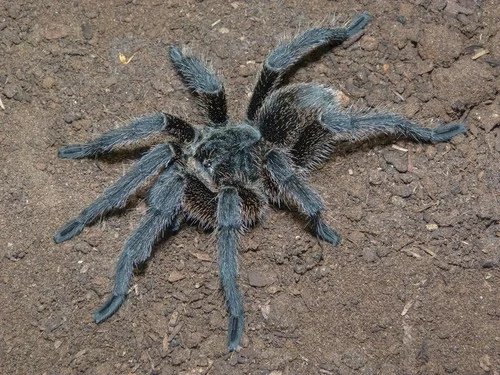
The recovery of a tarantula population after a severe fire can be slow, depending on the fire’s intensity, the size of the affected area, and the resilience of the ecosystem, including the return of prey populations and suitable vegetation cover. Effective [tarantula habitat conservation](https://www.lopehare.com/tarantula-pet-care/) strategies must consider fire management practices.
Increased frequency or intensity of wildfires, potentially linked to climate change or land management practices, could pose a significant threat to the long-term stability of G. pulchra populations in their native range.
Conservation Concerns
While G. pulchra is not currently listed as endangered, understanding the impact of large-scale habitat disturbances like wildfires is crucial for assessing potential threats. Conservation efforts in their native range should ideally incorporate fire management strategies that balance ecological needs with hazard reduction, aiming to preserve the integrity of grassland and scrubland ecosystems.
Monitoring populations in fire-prone areas can provide valuable data on their resilience and recovery capacity, informing future conservation planning.
References:
- General ecological principles regarding wildfire impacts on fauna and ecosystems.
- Information on the geography and ecology of the Pampas region and southern Brazilian grasslands.

